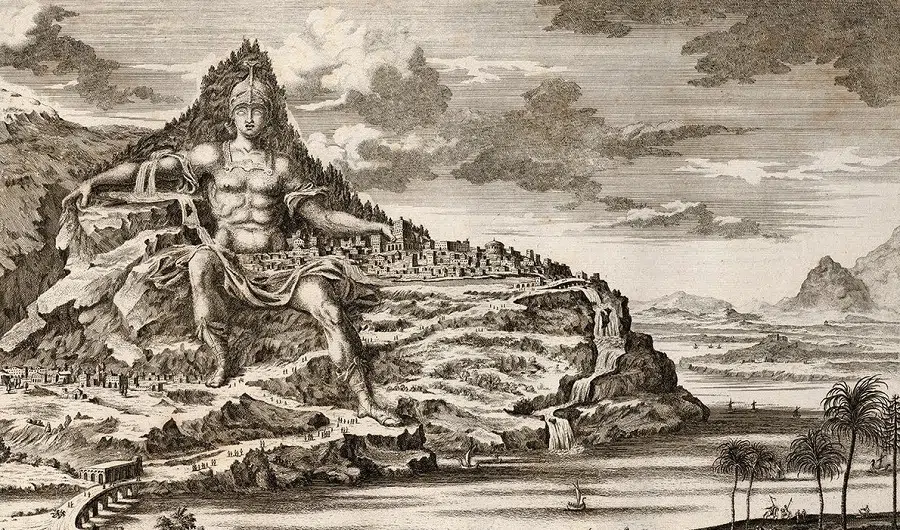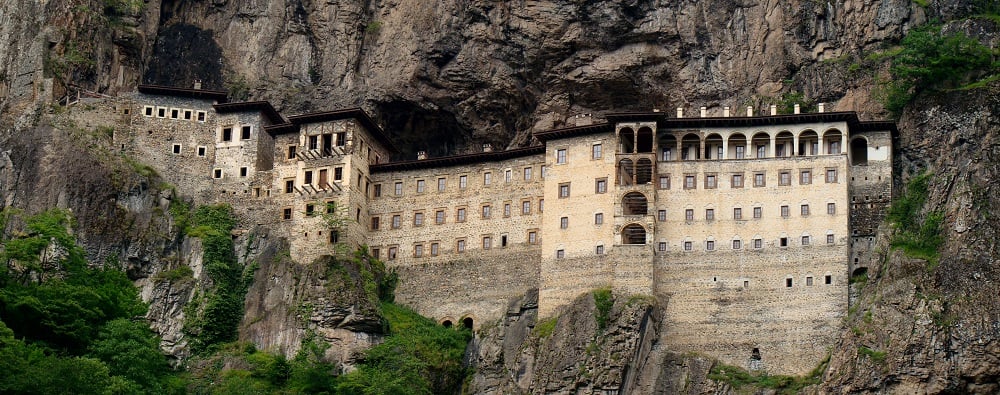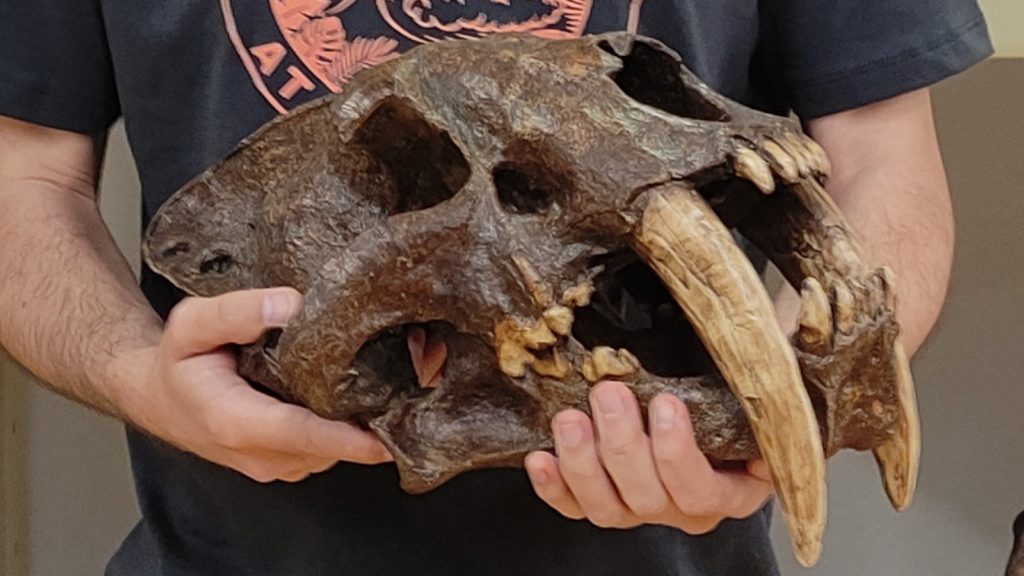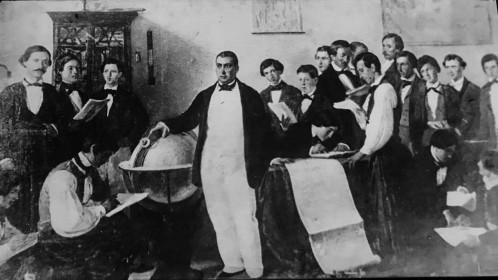
Legends, myths, mystical creatures, and now-forgotten customs all lend a spectacular context to Greek mythology. History and mythology have always walked similar and common paths. Legends were, in fact, always born where myth was colored by actual events.
So today we take a plunge into a distant past. A journey to a time when, according to ancient writings, the territories of Mount Athos in Greece were inhabited by viper-eaters.
The Handbook of Pliny the Elder
Pliny the Elder, the Roman writer and naturalist, published the encyclopedia “Naturalis Historia” in 77 AD, a masterpiece that still represents the most important scientific record of antiquity.
The manual contains extraordinary information about the plant and animal world of the time, as well as many essays on anthropology and psychology. It thus constituted a pearl of culture already in its time, providing great help to the development of ancient medicine.
We, however, want to dwell on one sentence in particular.
The viper-eaters
The reference to viper-eaters is found in Book XII, that is, the one devoted to human anthropology and physiology. In paragraph 27 it lists various tribes that, according to Isigonus, would be the longest-lived, reaching up to one hundred and forty years of age.
“Cyrnos indorum genus isigonus annis centenis quadragenis vivere, item aethiopas macrobios et seras existimat et qui athon montem incolant, hos quidem, quia viperinis carnibus alantur; itaque nec capiti nec vestibus eorum noxia corpori inesse animalia.”
Isigonus, a line of Indians of Cirno, thinks that they live a hundred and forty years, similarly the Ethiopians Macrobioi and Seras, and those who inhabit Mount Athos, these, indeed, because they feed on the flesh of vipers; therefore neither their heads nor their clothes contained animals injurious to the body.
Naturalis Historia, Pliny the Elder, XII, 27
The ancient inhabitants of Mount Athos
Mount Athos is located in what the Greeks call the “third finger” of the Chalkidiki Peninsula.
To this day it has a very important religious value, being an autonomous region as well as a monastic state.
Its history, however, is very ancient, and it is estimated that the earliest organized territories date back some 6,000,000 years. As to who inhabited those sacred territories, there is quite a bit of confusion, especially since it concerns a period where pre-Hellenistic civilizations were making their journeys of expansion into the Mediterranean Sea.
According to Thucydides, a very important Athenian historian and military man, Mount Athos was inhabited by descendants of the Pelasgians.
“αἳ οἰκοῦνται ξυμμείκτοις ἔθνεσι βαρβάρων διγλλώσσων, καί τι καὶ Χαλκιδικὸν ἔνι βραχύ, τὸ δὲ πλεῖστον Πελασγικόν”
These states are inhabited by a mixed population of bilingual barbarians. Also there are a few Chalcidans, but most are Pelasgians.
Thucydides, History of the Peloponnesian War, book I
We see, then, that well before the expansion of the Macedonians, the Chalkidiki region, and more specifically the Mount Athos area, were inhabited by peoples with little historical importance to scholars of the time. This is probably also the main problem when looking for more specific information about these cultures.
It would be very nice to have some certainty about what the diet of the Pelasgians of Chalcidice was, so that we could agree with Pliny, and identify them as the mysterious “viper-eaters.” We can do more, however: we can search for a deeper truth about this strange eating habit.
The viper diet
As bizarre and absurd as it may seem, the viper diet was an actual reality in ancient times.
One of the most important uses of the viper and its flesh was in antidotes. This was because physicians believed that the snake’s venom was contained throughout the body. Therefore the animal had the antidote to its bite in its own body.
Later, however, many physicians, inspired by Pliny’s stories of long-lived peoples who practiced the viperine diet (Pelasgians and Ethiopians), began to use the animal’s flesh to cure rather than prevent.
For example, Galen, among the most important doctors in history, used wine infused with viper meat to treat diseases such as leprosy and elephantiasis. Dioscorides Pedanius, a Greek physician and botanist, also used viper cooked with vinegar and wine to treat kidney diseases.

In short, the viper was really widely used in ancient medicine.
So much so that it was also among the main ingredients of Theriaca.
Theriaca
This medicine takes its name from the ancient Greek word “θηριον” (thirìon), which meant poisonous beast. The name was given precisely because of the presence of viper meat within the recipe. It was administered to cure many diseases and contained more than 40 ingredients, including opium, which came from the city of Thebes. It was created by the Cretan physician Andromachus, who introduced viper meat within an existing curative mixture.
Nero, the Roman emperor, commissioned the creation of this antidote. This was because he had lost many men during a naval battle against Hannibal. In fact, the latter had ordered his men to throw jars containing vipers into Roman ships, which killed the soldiers, thanks to their venom.
We see, therefore, how intertwined the story of the “viper-eaters” is. We cannot be certain that the ancient inhabitants of Mount Athos were profound connoisseurs of the healing properties of viper meat. Nor that it was precisely the viper diet that made these populations so long-lived. Nevertheless, this apparent legend reported by Pliny the Elder finds correspondences in other ancient writings.
The important thing is always to try to find hidden points and examples in our history.
To approach the truth through our past. For we are what… we used to eat






















